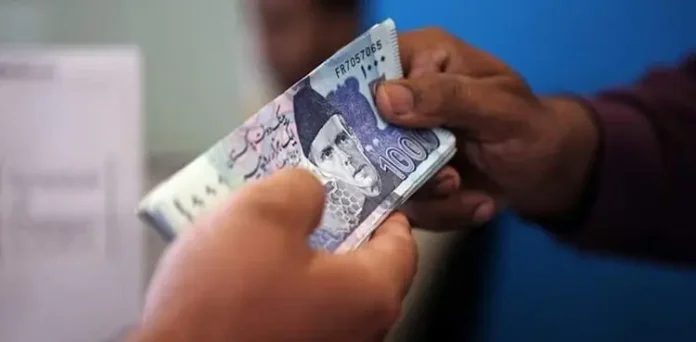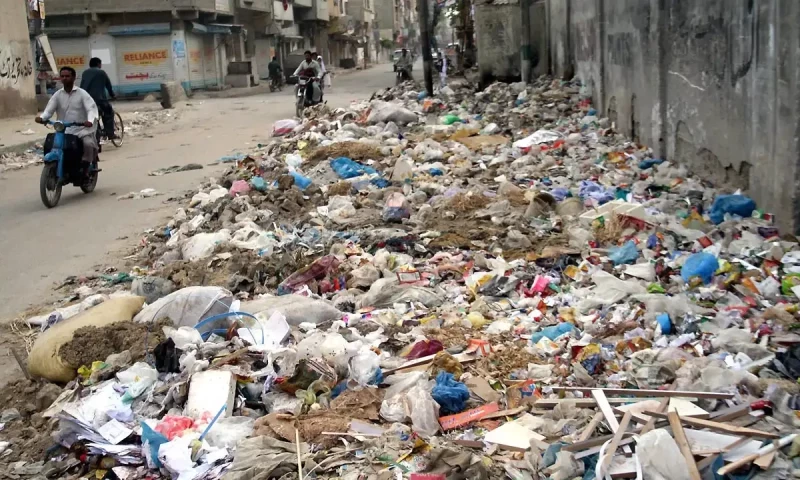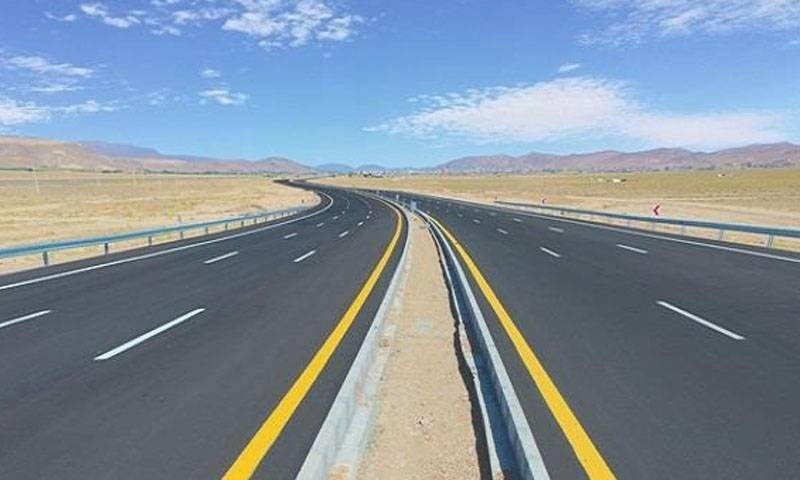In a landmark move to steer the country toward long-term economic stability, Finance Minister Muhammad Aurangzeb unveiled the Pakistan Budget 2025-26, laying down a roadmap filled with structural reforms, digital tax integration, and strategic fiscal tightening. The budget, approved by Prime Minister Shehbaz Sharif and his cabinet, targets both macroeconomic recovery and equitable public relief in a tough global economic climate.
Aurangzeb began his speech by highlighting Pakistan’s improving economic indicators: inflation has dropped to 4.7%, GDP growth has reached 2.7%, and remittances are expected to hit a record $38 billion by fiscal year-end. At the core of the budget strategy is the government’s resolve to widen the tax base, reduce inefficiencies, and reform pension schemes—all without introducing a mini-budget or burdening the salaried class with new taxes.
Digital Tax Reform and Energy Overhaul in Pakistan Budget 2025-26
One of the standout features of the Pakistan Budget 2025-26 is its pivot to digital governance. Aurangzeb announced simplified tax return forms for salaried individuals, rolling out from July 2025. New AI tools will detect fraud, already blocking over Rs9 billion in fake refunds and identifying Rs13 billion in suspicious claims. Revenue from the sugar sector alone jumped by 47%, thanks to digital production tracking now implemented in major industries including textiles, cement, and beverages.
The power sector is another big winner. Electricity tariffs have been slashed by up to 38%, while inefficient power plants producing 3,000 MW have been retired. With transmission losses cut by Rs140 billion, the government is also moving to privatize three power distribution companies and create a competitive energy market through legislative reforms in NEPRA.
To fund long-term infrastructure and energy development, the government is preparing to issue Panda bonds in China and has already floated Sukuk bonds on the Pakistan Stock Exchange. This is part of a broader effort to manage debt more effectively—Pakistan’s debt-to-GDP ratio has been brought below 70%.
Public Relief, Corporate Incentives, and Controversial Tax Moves
In line with public expectations, the federal cabinet approved a 10% salary hike for government employees and a 7% pension increase for retired workers. High-income pensioners, however, will now face a 5% tax if their annual pension exceeds Rs10 million. The budget also restricts family pension durations and disallows multiple pensions—marking a significant shift toward a sustainable pension model.
To stimulate business confidence, the government has rolled back the Super Tax for corporations with incomes between Rs200 and Rs500 million by 0.5%, and halved withholding tax rates on property transactions. Furthermore, the 7% Federal Excise Duty on commercial property transfers has been abolished, with additional mortgage incentives announced.
However, the budget wasn’t short of controversy. A new 5% excise duty has been proposed on processed foods like noodles, cold drinks, and ice cream. E-commerce platforms will also be brought into the tax net, with an 18% sales tax and mandatory transaction reporting. Imports of solar panels will now face an 18% tax, aiming to promote local manufacturing but risking higher costs for green energy adopters.
Aurangzeb clarified that these measures are part of a broader plan to close the Rs5.5 trillion tax gap, increase the tax-to-GDP ratio (currently at 10%), and ensure fiscal discipline without passing the burden onto the lower-income population.
As the Pakistan Budget 2025-26 rolls out, it promises digital innovation, public relief, and long-overdue structural reforms. Yet, challenges remain in execution, compliance, and balancing growth with inflation control. All eyes will be on how effectively the government can implement these ambitious plans in the coming months.
Also, see:
Canadian Teenager McIntosh Smashes 200 m Medley World Record
Topics #featured #Pakistan #trending pakistan




